It doesn’t happen very often these days, but there was a time when an artist could become a chart sensation for the first time when they were well past the age of the typical pop star. The British singer Robert Palmer proved this theory in a major way with his 1986 U.S. chart-topper “Addicted to Love.”
Videos by American Songwriter
The song was aided by a brief stop as lead singer of a high-profile band, and it featured Palmer alone only because a star female artist couldn’t follow through with plans to make it a duet. “Addicted to Love” also set the template for a few more massive hits to come from this renowned British singer.
“Love” Potion
Robert Palmer’s recording career began all the way back in the late ‘60s. He sang lead in a few bands, and then started off on his solo journey with the 1974 album Sneakin’ Sally Through the Alley. Along the way, he earned a reputation as a snappy dresser and a singer able to sound comfortable in just about any kind of genre.
His albums received nice critical acclaim but he wasn’t quite an A-list hitmaker, not even in his native Great Britain. In 1984, he was invited to sing lead on a cover of the song “Get It On (Bang a Gong)” that would feature two members of Duran Duran (Andy Taylor and John Taylor) and Chic drummer Tony Thompson.
That trio initially intended to release an album with rotating lead singers. But when they heard what Palmer brought to the table, they decided to make him the only vocalist on their self-titled debut album The Power Station, released in 1985. With two smash hit singles and a ton of MTV exposure, Palmer was showing off his skills in front of a brand-new audience.
Getting “Addicted”
Palmer wasn’t long for The Power Station, leaving to record his next solo album (Riptide) instead of touring with the group (which, it must be noted, was only intended to be a one-off between Duran Duran albums anyway). Although there remains some debate about who came up with the group’s thunderous, tightly compressed sound, Palmer borrowed from it for his 1985 album Riptide.
He wrote “Addicted to Love” after the song’s riff came to him in a dream. Palmer invited Chaka Khan to duet on the song, and they actually recorded it in this fashion. But then record company issues prevented Khan from appearing, which is why Palmer took it on himself. (Khan is credited with “vocal arrangements.”)
With the Chic rhythm section (Bernard Edwards and Tony Thompson) in place and Andy Taylor slashing away on lead guitar, “Addicted to Love” sauntered along with an undeniable swagger. After the first two singles from Riptide failed, Palmer unleashed “Addicted to Love,” accompanied by an iconic video featuring a band of models pretending to provide the instrumentation. The song propelled him to the top of the U.S. charts for the first time at age 37.
Behind the Lyrics of “Addicted to Love”
Your mind is not your own, Palmer asserts in “Addicted to Love,” referring to the spell cast upon the lovelorn. For all the symptoms this dilemma presents, there’s always a cure, even if it’s only temporary: Your throat is tight, you can’t breathe / Another kiss is all you need.
There are consequences to focusing on a single purpose: A one-track mind, you can’t be saved / Oblivion is all you crave. And no amount of denial can hide the true nature of this scenario: Whoa, you like to say that you’re immune to the stuff, oh yeah / It’s closer to the truth to say you can’t get enough / You know you’re gonna have to face it, you’re addicted to love.
The formula for “Addicted to Love” was largely repeated, in terms of both the crunching sound and the sultry video, on subsequent hit singles “I Didn’t Mean to Turn You On” and “Simply Irresistible.” For all the styles he had conquered throughout the years, it took Robert Palmer a while to get the hang of the big radio smash. Once he did, he more than made up for lost time.
Photo by Clayton Call/Redferns

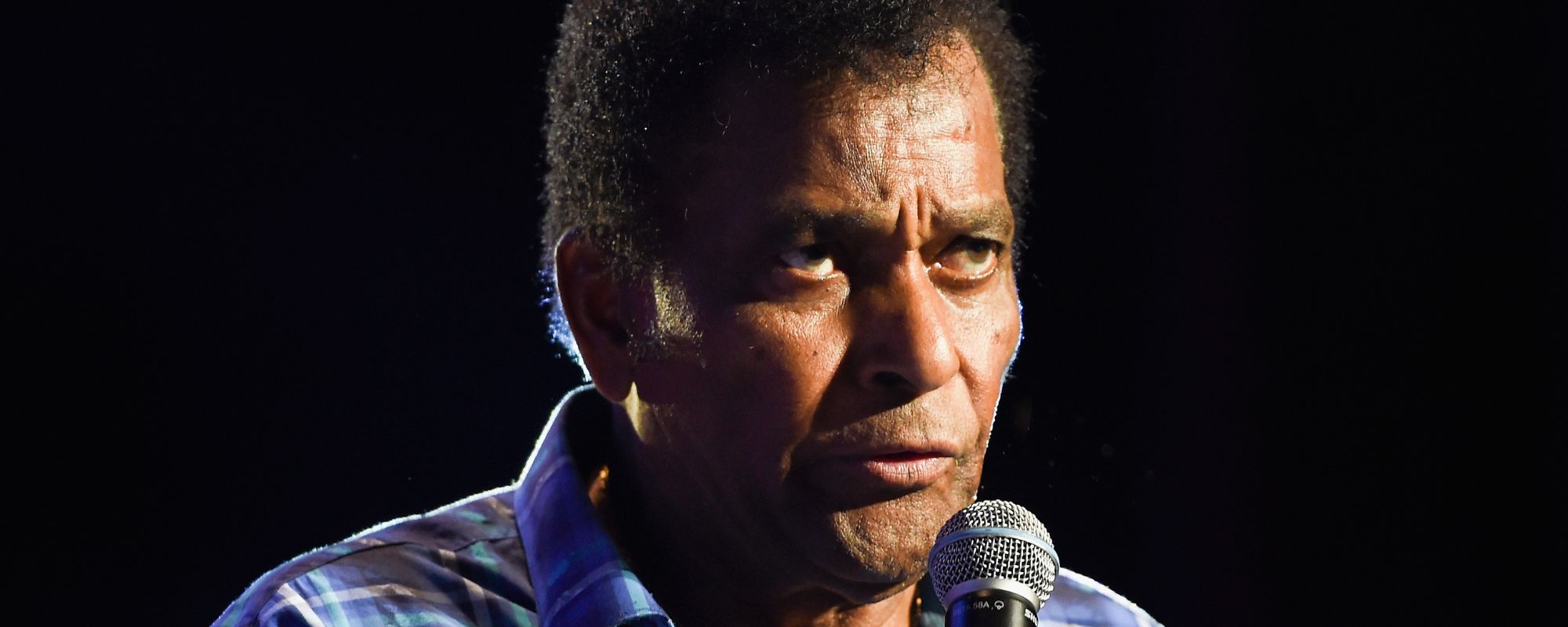


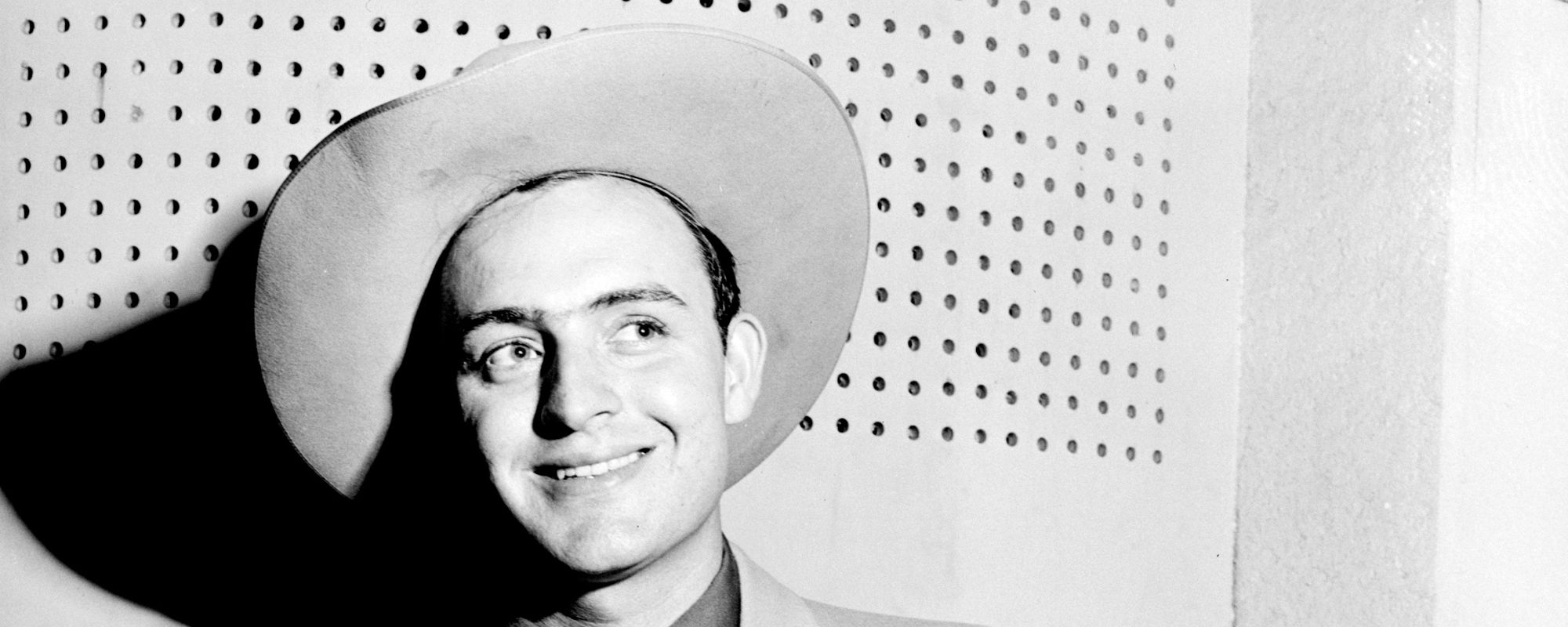

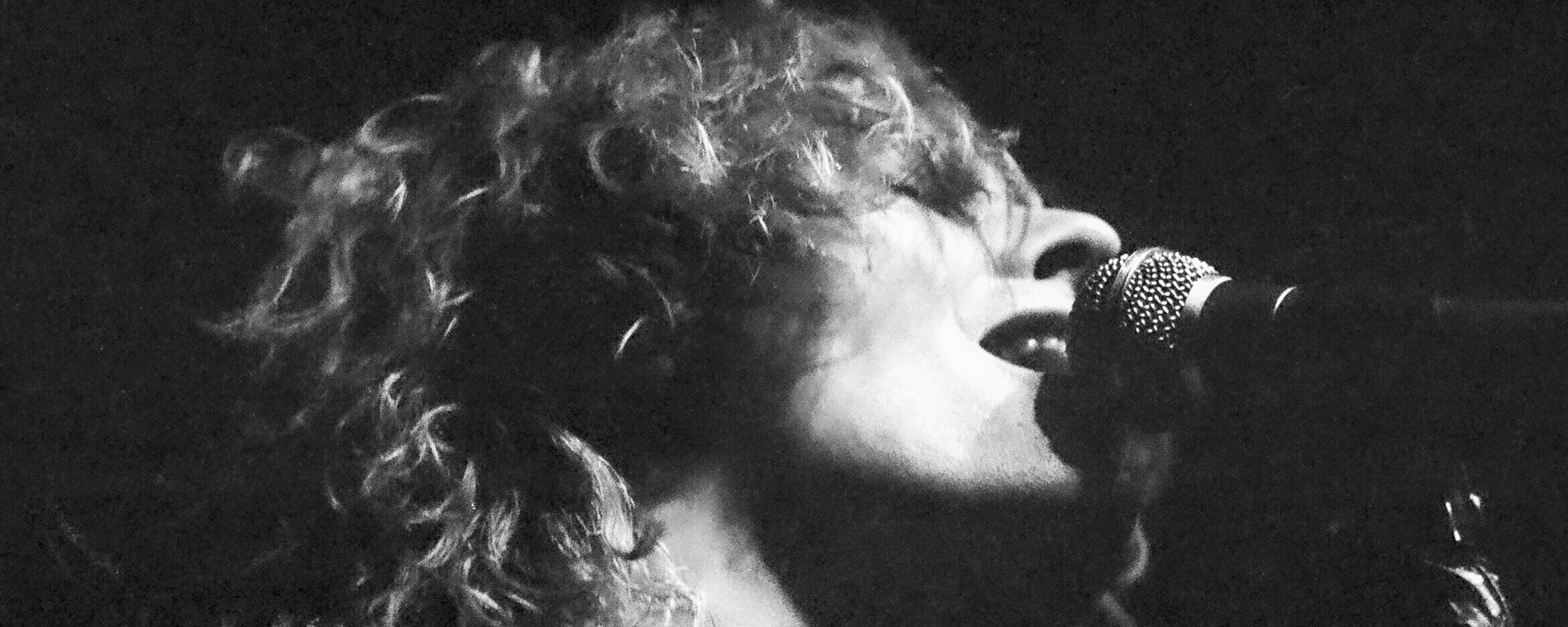
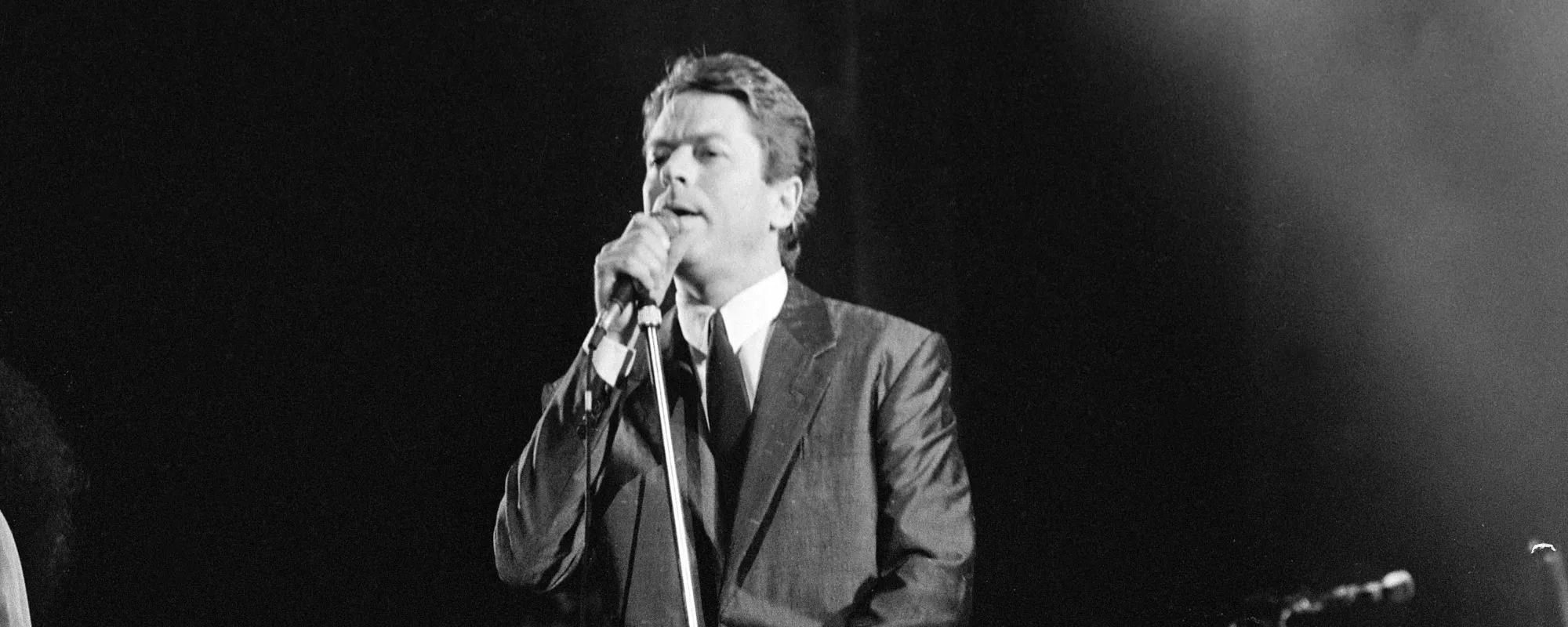
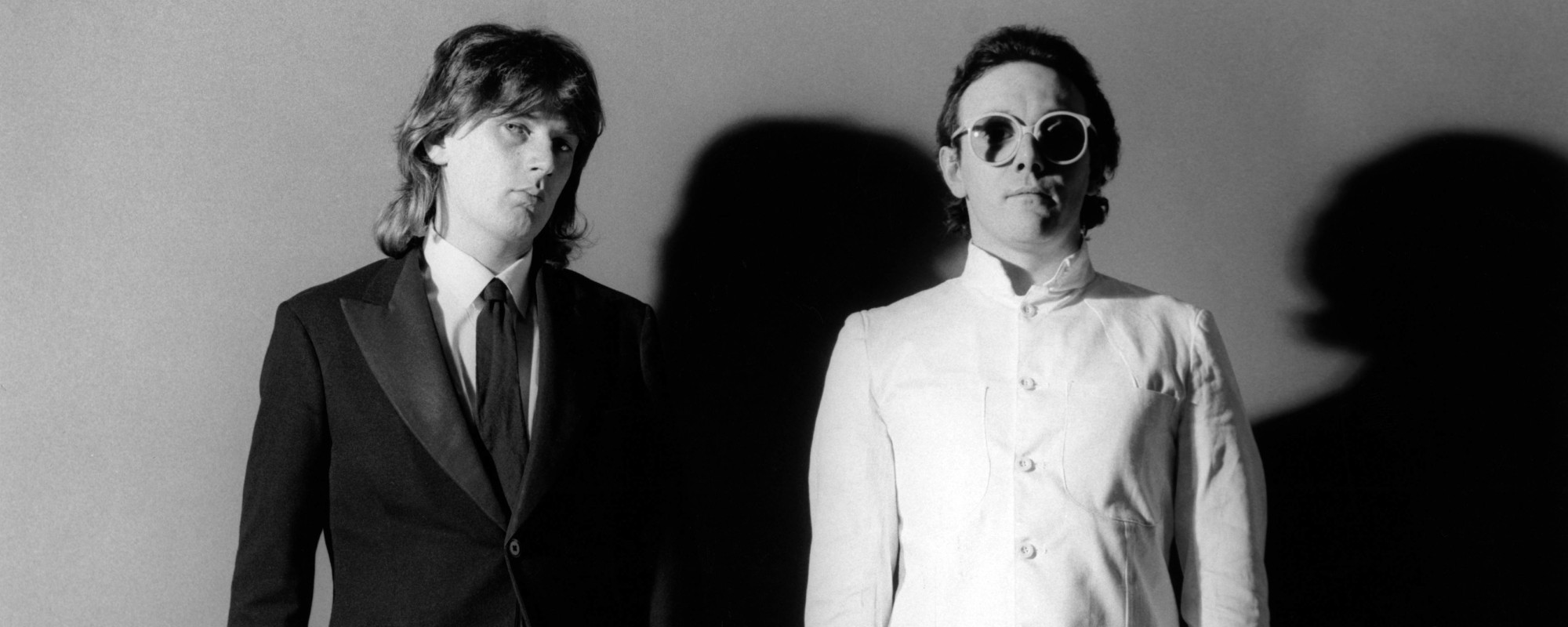
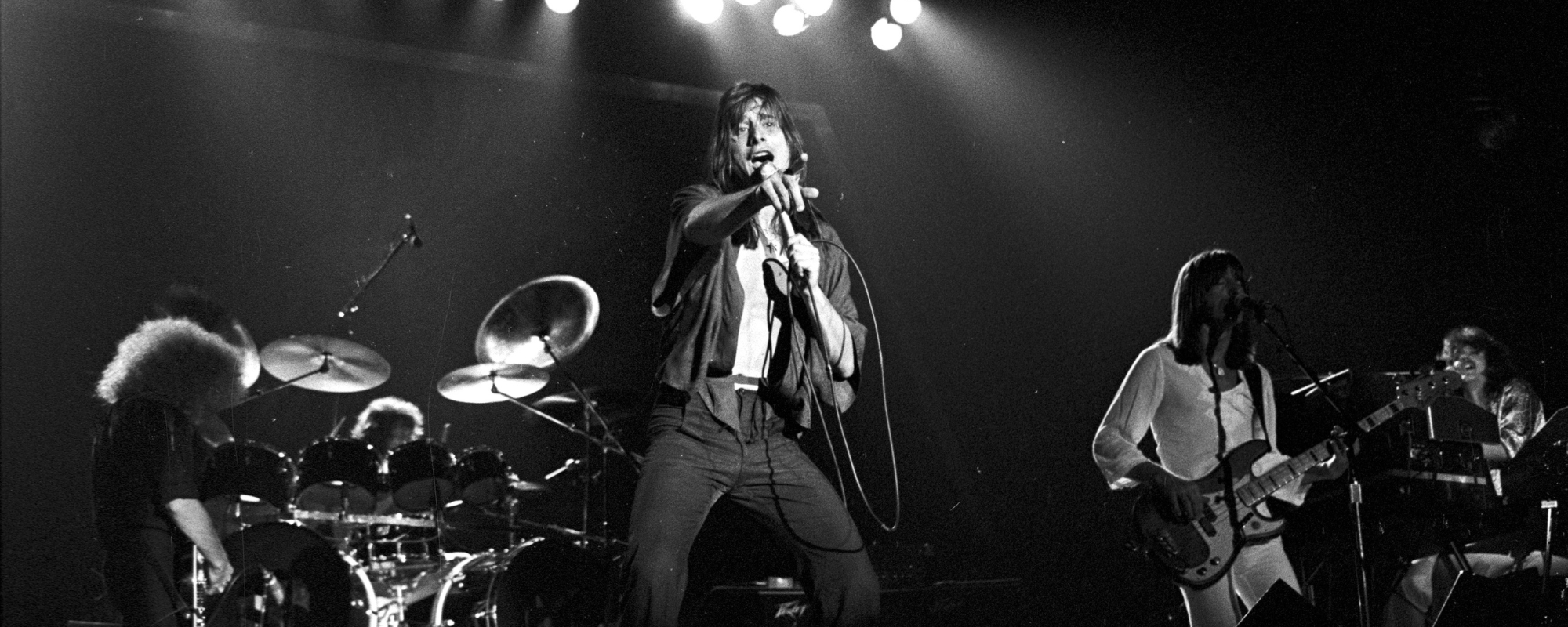
Leave a Reply
Only members can comment. Become a member. Already a member? Log in.